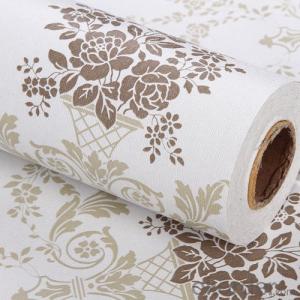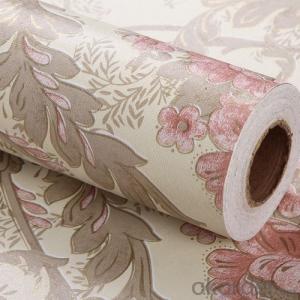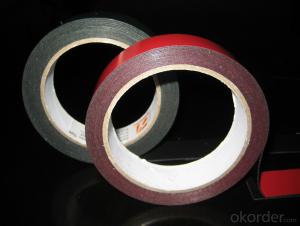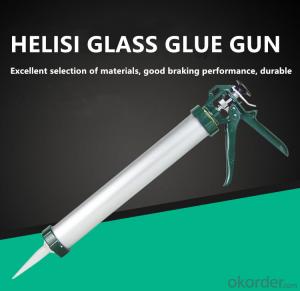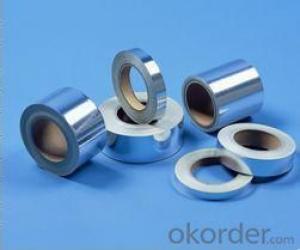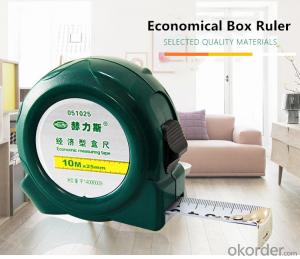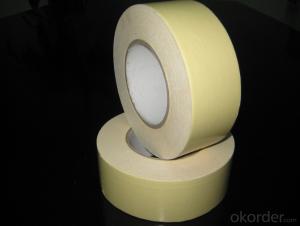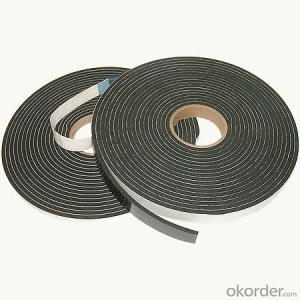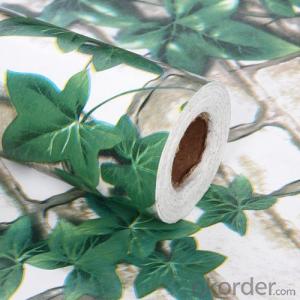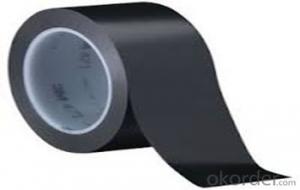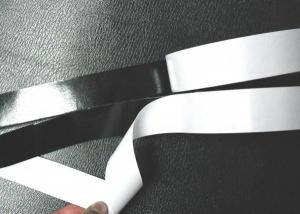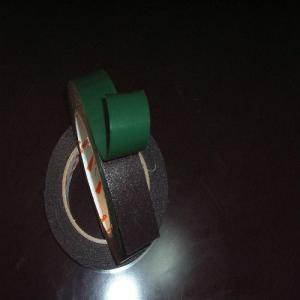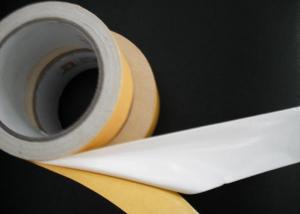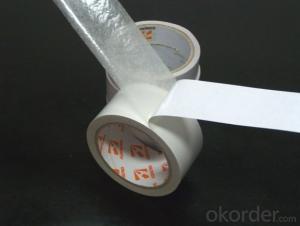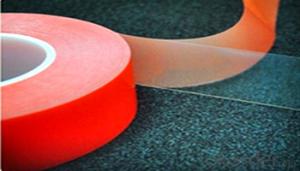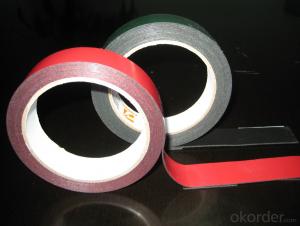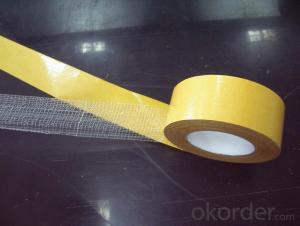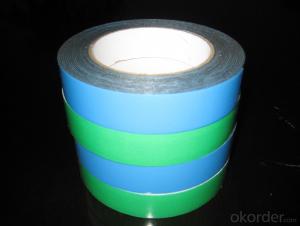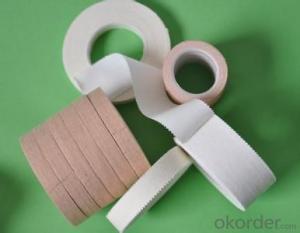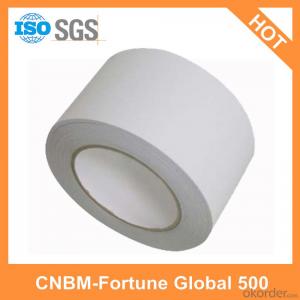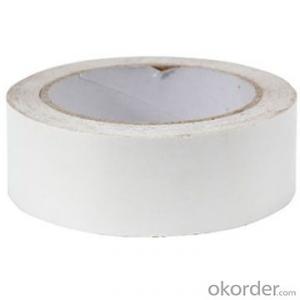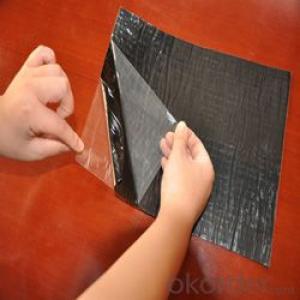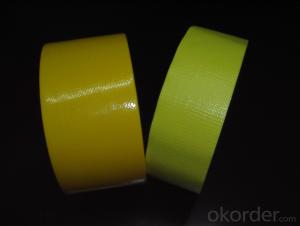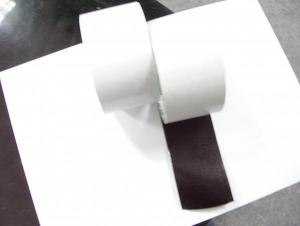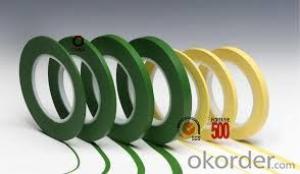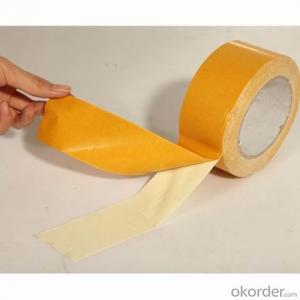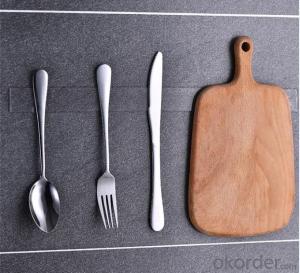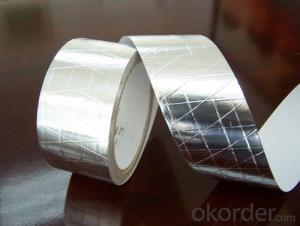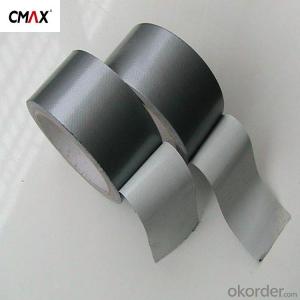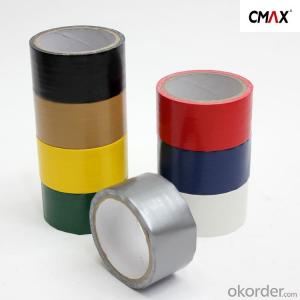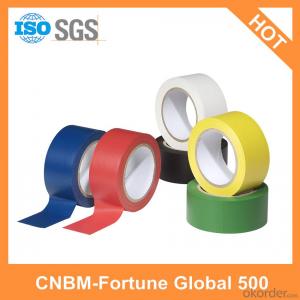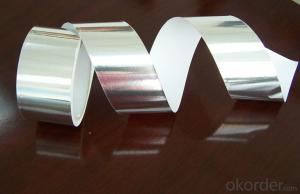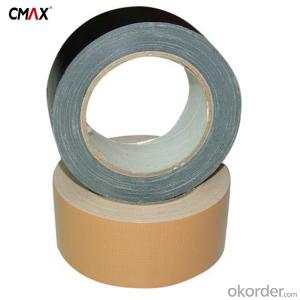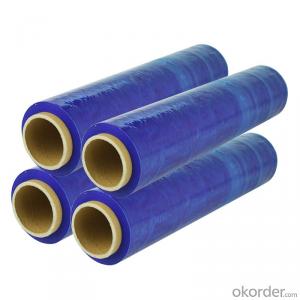Double Sided Self Adhesive Tape
Double Sided Self Adhesive Tape Related Searches
Aluminum Plate Texture Pvc Geomembrane Institute Pvc Sign Geomembrana Pvc Precio Pvc Ceilings Gauteng Pvc Ceilings glass bead wallpaper Non Adhesive Corner Guards Hdpe Geomembrane Self Adhesive Office Carpet TextureHot Searches
Double Sided Self Adhesive Tape Supplier & Manufacturer from China
Okorder.com is a professional Double Sided Self Adhesive Tape supplier & manufacturer, offers integrated one-stop services including real-time quoting and online cargo tracking. We are funded by CNBM Group, a Fortune 500 enterprise and the largest Double Sided Self Adhesive Tape firm in China.Hot Products
FAQ
- Packaging tape is designed to adhere to a wide variety of surfaces, including high-friction surfaces. Its performance on high-friction surfaces can vary depending on the specific tape and the nature of the surface. In general, packaging tape is equipped with strong adhesive properties that allow it to stick securely to surfaces, even those with high friction. The adhesive on the tape is formulated to provide excellent tackiness and bonding strength, ensuring that it stays in place and maintains its hold on high-friction surfaces. However, it is important to note that excessive friction or roughness on a surface can potentially affect the tape's adhesion. If the surface is extremely rough or uneven, it may create air pockets or gaps between the tape and the surface, which can compromise its performance. In such cases, it is advisable to prepare the surface properly by cleaning and smoothing it before applying the tape to ensure optimal adhesion. Additionally, the durability of the tape can play a role in its performance on high-friction surfaces. Some packaging tapes are reinforced with fibers or have a thicker construction, making them more resistant to wear and tear caused by friction. These tapes are often recommended for heavy-duty applications or when packaging items that will be subjected to constant rubbing or sliding on high-friction surfaces. Overall, packaging tape is generally well-suited for use on high-friction surfaces. Its adhesive properties, combined with proper surface preparation and selection of a suitable tape, can ensure reliable and long-lasting adhesion, even in challenging conditions.
- Packaging tape and duct tape display notable disparities in terms of strength and durability. Packaging tape primarily serves the purpose of sealing boxes and securing lightweight packages, rendering it appropriate for general household use or tasks that involve low levels of exertion. It typically possesses a lower tensile strength and may be more susceptible to tearing or breaking when exposed to substantial stress or weight. Conversely, duct tape possesses a well-established reputation for its remarkable strength and durability. It is precisely engineered to provide a sturdy and long-lasting grip, making it the preferred choice for demanding tasks and repairs requiring a robust adhesive. Duct tape is composed of a resilient woven fabric backing coated with a durable adhesive, resulting in a tape capable of enduring high levels of tension and resisting tearing or breaking even in extreme conditions. While packaging tape is designed for temporary applications, duct tape is commonly employed in more strenuous and enduring projects, such as mending or fortifying items, bundling heavy objects, or even constructing provisional structures. Its versatility and superior strength make it a dependable option in situations where durability and resilience are of paramount importance. To summarize, packaging tape and duct tape diverge in their intended uses and capabilities. Packaging tape is suitable for lightweight applications and the sealing of boxes, whereas duct tape excels in heavy-duty tasks and offers outstanding strength and durability.
- Packaging tape generally performs well on recycled or eco-friendly packaging materials. The effectiveness of the tape will ultimately depend on the specific type of material being used. Recycled packaging materials, such as cardboard or paper, typically have a rougher surface compared to traditional packaging materials. However, packaging tape is designed to adhere to various surfaces, including those with different textures. Therefore, it should stick well to recycled materials without any major issues. Eco-friendly packaging materials, such as biodegradable or compostable plastics, may have slightly different properties compared to traditional plastics. However, most packaging tapes are designed to work with different types of plastics, including eco-friendly options. It is important to ensure that the packaging tape you choose is compatible with the specific eco-friendly material you are using. In general, packaging tape is designed to provide a secure and reliable seal on packaging materials, regardless of whether they are recycled or eco-friendly. However, it is always recommended to test the tape on a small area of the material before applying it to the entire package to ensure proper adhesion and compatibility.
- Packaging tape, in general, exhibits resistance to punctures or tears. Its purpose is to possess strength and durability, specifically for the task of securing and sealing packages. Packaging tape derives its composition from materials like polypropylene or polyester, which possess high tensile strength and provide exceptional resistance against punctures or tears. Moreover, packaging tape commonly possesses adhesive properties that further augment its capacity to withstand punctures or tears. Nevertheless, it is crucial to acknowledge that the extent of resistance may fluctuate based on the particular type and quality of packaging tape employed.
- There exist specific instructions for reusing packaging tape. Here are several guidelines to adhere to: 1. Exercise caution when removing the tape from the package: Upon receiving a package, make an effort to delicately remove the tape in order to prevent tearing or damaging it. 2. Cleanse the tape: Should the tape possess any dirt, dust, or residue, it can be cleansed by gently wiping it with a moist cloth. Allow it to fully dry before reutilizing. 3. Assess the adhesive strength: Before reusing the tape, verify if the adhesive remains sufficiently strong to securely hold. If it has lost its stickiness or sustained damage, it is advisable to discard it and employ a fresh piece of tape. 4. Properly store the tape: To maintain the tape's quality for future use, store it in a cool, dry area away from direct sunlight. This will assist in preventing it from drying out or becoming brittle. 5. Utilize it for light to medium-duty tasks: Reused packaging tape may not possess the same strength as new tape, therefore it is most suitable for lighter to moderately demanding tasks. Avoid utilizing it for heavy items or applications necessitating a stronger adhesive. Bear in mind, while reusing packaging tape constitutes an excellent approach to waste reduction, it is crucial to prioritize functionality and security. If the tape becomes damaged or loses its adhesive strength, it is advisable to replace it with a new piece to ensure proper sealing of your package.
- Packaging tape is not ideal for sealing fabric as it may not provide a secure and long-lasting bond. It is recommended to use fabric-specific adhesives or sewing techniques for sealing fabric.
- Yes, packaging tape is generally safe to use on ceramic tiles. Packaging tape is designed to adhere to a variety of surfaces, including ceramic tiles. However, it is important to ensure that the tape is removed carefully to avoid damaging the tile or leaving any residue behind. It is recommended to test a small inconspicuous area first to ensure that the tape does not cause any damage or discoloration. Additionally, it is always a good idea to follow the manufacturer's instructions and guidelines for using packaging tape on specific surfaces.
- There are several alternatives to packaging tape that can be used for securing packages or boxes. Some of the popular alternatives include: 1. Duct Tape: Duct tape is a strong adhesive tape that can be used as an alternative to packaging tape. It is known for its durability and ability to stick to various surfaces. 2. Masking Tape: Masking tape is a type of adhesive tape that is less sticky compared to packaging tape. It is commonly used in painting or crafting projects, but can also be used to secure packages. 3. String or Twine: String or twine can be used to secure packages by wrapping it around the box and tying it securely. This method is often used for packages that do not require strong adhesion. 4. Packaging Straps: Packaging straps are commonly made of plastic or polyester and can be used to secure packages by strapping them tightly around the box. They provide a strong and secure alternative to packaging tape. 5. Adhesive Glue: Adhesive glue can be used as an alternative to packaging tape, particularly for small packages or envelopes. It is essential to choose a glue that is strong enough to securely seal the package. 6. Paper or Kraft Tape: Paper or kraft tape is a water-activated tape that is commonly used for sealing packages. It requires wetting the tape to activate the adhesive, providing a strong and secure seal. 7. Zip Ties: Zip ties are plastic ties that can be used to secure packages by fastening them tightly around the box. They are commonly used for securing large or heavy packages. When considering alternatives to packaging tape, it is important to assess the specific needs of the package, such as its size, weight, and handling requirements, to determine the most suitable option.


